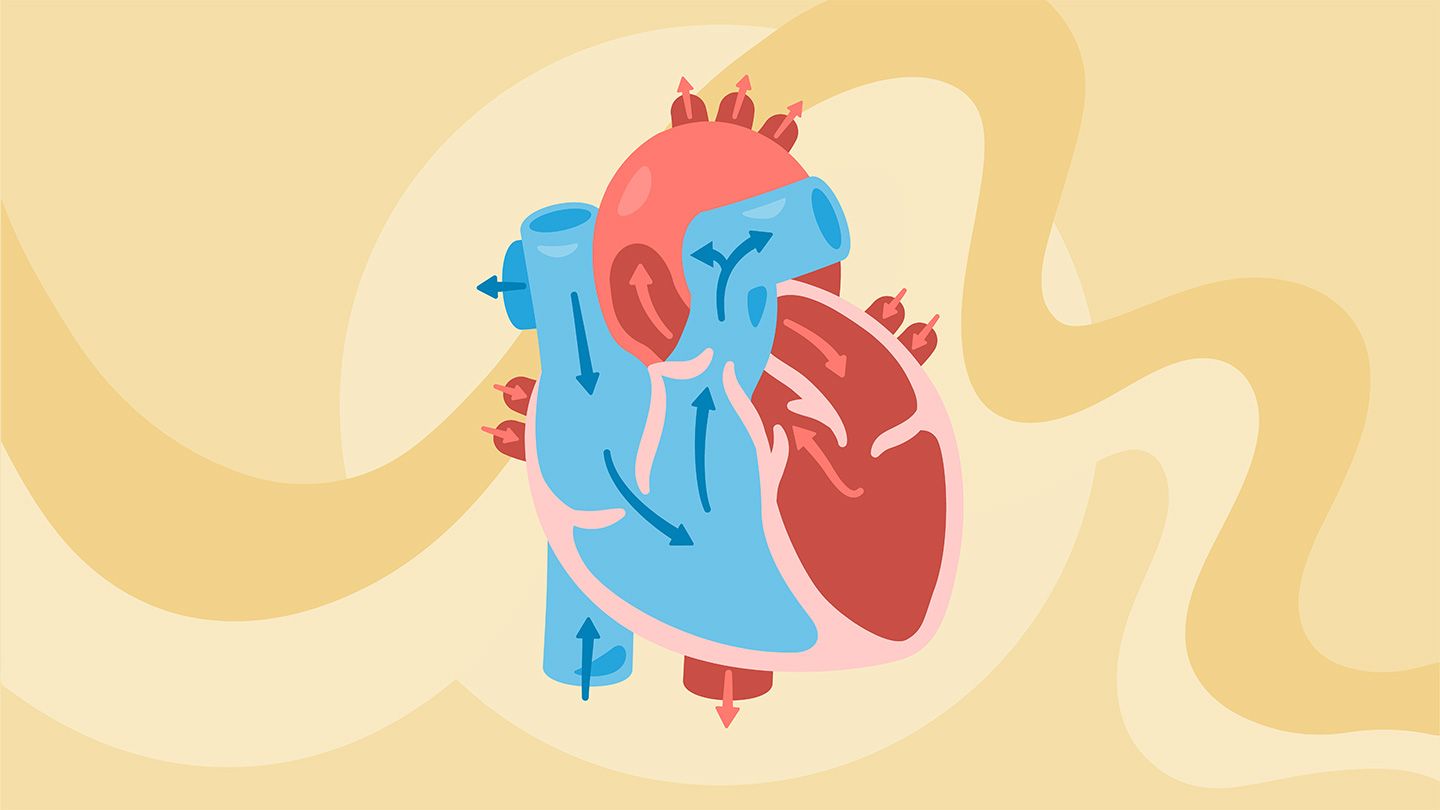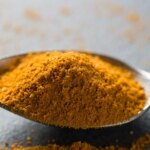Blood
Your blood is the transport fluid of your circulatory system. The circulatory system of an average adult contains about 5 liters (L), or 1.3 gallons, of blood, according to StatPearls. Your blood consists of a mixture of solids called formed elements and a liquid called plasma.
Formed Elements
The formed elements of your blood include red blood cells, white blood cells, and platelets. They account for 40 to 45 percent of your blood volume, according to the American Society of Hematology.
Red blood cells carry oxygen from your lungs to your body tissues. They also pick up carbon dioxide from your tissues, which goes out through your lungs when you exhale.
The white blood cells in your blood are part of your immune system and help you fight infections.
Platelets are tiny cellular fragments that clump together to form the matrix of blood clots to stop bleeding.
Plasma
The cellular parts of your blood are suspended in a protein-rich liquid called plasma, which accounts for 55 to 60 percent of your blood volume, according to StatPearls. This liquid contains a broad array of nutrients, electrolytes, proteins, hormones, and other chemicals.
Many blood tests measure the levels of specific chemicals or elements in the liquid part of blood, plasma, or serum. They can help your doctor assess the status of your various body systems and their functions.
Read the full article here




